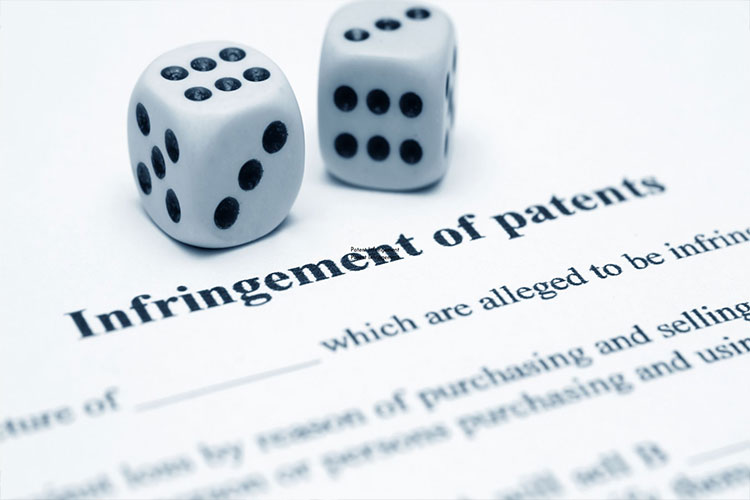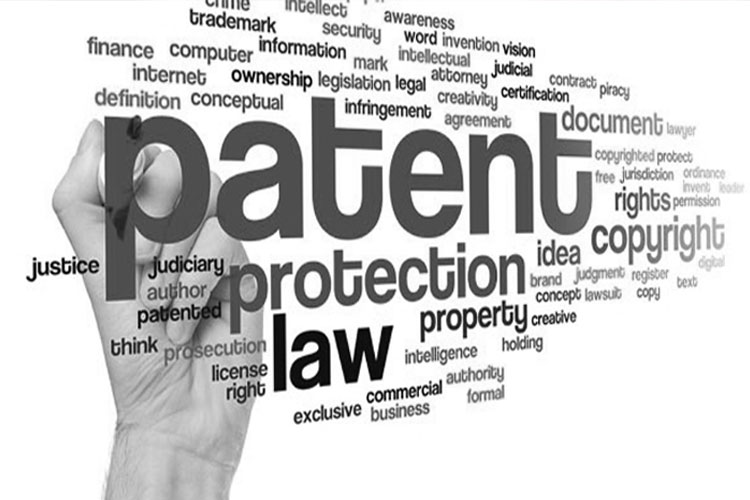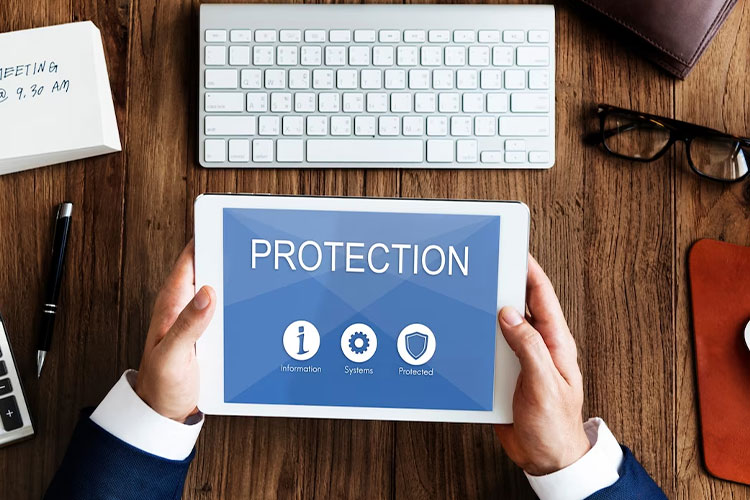

Patent infringement occurs when an unauthorized party makes, uses, sells, or distributes a patented invention without the patent owner’s permission. In India, protecting your patent rights is crucial to maintaining a competitive advantage and safeguarding your innovations from unauthorized exploitation. Understanding the legal framework for patent infringement lawsuits helps inventors and businesses enforce their rights effectively.
What is Patent Infringement and Why Does It Matter?
Patent infringement occurs when an unauthorized party uses, makes, sells, or imports a patented invention without the patent owner's consent. In India, the Patent Act, 1970 provides exclusive rights to inventors, allowing them to control the use of their inventions. Protecting your patent rights ensures that competitors cannot copy or commercially exploit your ideas without permission.
At Madaliya.com, we help you understand whether your patent has been infringed and guide you through the legal steps necessary to defend your rights. Protecting your patents is crucial to maintaining your market position and encouraging continued innovation.
Legal Rights of Patent Holders in India
As a patent holder, you have the exclusive right to prevent others from manufacturing, selling, or using your patented invention without approval. The Indian legal system empowers patent owners to seek relief through courts, including injunctions to stop infringement and claims for monetary damages.
Madaliya.com offers expert legal assistance to assert your rights and take timely action against infringers. We help you prepare and file complaints, collect evidence, and pursue remedies efficiently.
The Patent Infringement Lawsuit Process in India
Filing a patent infringement lawsuit involves proving ownership of a valid patent and demonstrating that an infringement has occurred. The lawsuit begins with submitting a detailed complaint in the appropriate court. Evidence such as technical comparisons, documents, and expert testimony is essential to build a strong case.
Madaliya.com’s legal experts assist inventors and businesses throughout this process, from evidence collection to court hearings. Courts may grant temporary or permanent injunctions to stop infringing activities and order compensation for losses suffered.
Remedies Available to Patent Owners
Indian courts offer several remedies in patent infringement cases. These include injunctions to halt unauthorized use, monetary compensation for damages, and orders to destroy infringing goods. Additionally, courts can issue Anton Piller orders to prevent destruction of evidence.
At Madaliya.com, we help you pursue all available remedies to protect your intellectual property and maximize the value of your patent portfolio.
Defenses in Patent Infringement Cases
Those accused of infringement can defend themselves by arguing non-infringement or challenging the patent’s validity. Other defenses include prior use rights or licensing agreements.
Our legal team at Madaliya.com can help patent owners anticipate such defenses and prepare stronger litigation strategies, ensuring your rights are effectively upheld.
Why Patent Infringement Litigation is Vital for Your Business
Patent infringement litigation is more than just legal action—it’s a strategic move to protect your business assets. With Madaliya.com’s support, you can safeguard your innovation, deter potential infringers, and uphold your competitive advantage in the marketplace.
Timely enforcement of your patent rights encourages innovation and fosters a healthy business environment.
Frequently Asked Questions (FAQs) about Patent Infringement in India
1. What qualifies as patent infringement under Indian law?
Patent infringement means unauthorized use, manufacture, or sale of a patented invention as protected under the Indian Patent Act, 1970.
2. How can Madaliya.com assist with patent infringement cases?
Madaliya.com offers expert legal consultation, assists in filing lawsuits, evidence gathering, and representing you in court to enforce your patent rights.
3. What are the common remedies available for patent infringement?
Remedies include injunctions, monetary damages, destruction of infringing goods, and preservation of evidence through court orders.
4. Can accused parties defend themselves against patent infringement?
Yes, common defenses include non-infringement claims, challenging patent validity, prior use, or licenses.
5. Why is addressing patent infringement important for businesses?
Taking action against infringement protects your market share, encourages innovation, and ensures your investment in R&D is safeguarded.
Contact Madaliya.com for Expert Patent Legal Support
If you suspect patent infringement or want to proactively protect your inventions, Madaliya.com is your trusted partner. Our experienced IP attorneys provide comprehensive services—from patent searches and registration to infringement litigation and enforcement.
Visit Madaliya.com today to learn more and schedule a consultation with our legal experts.






